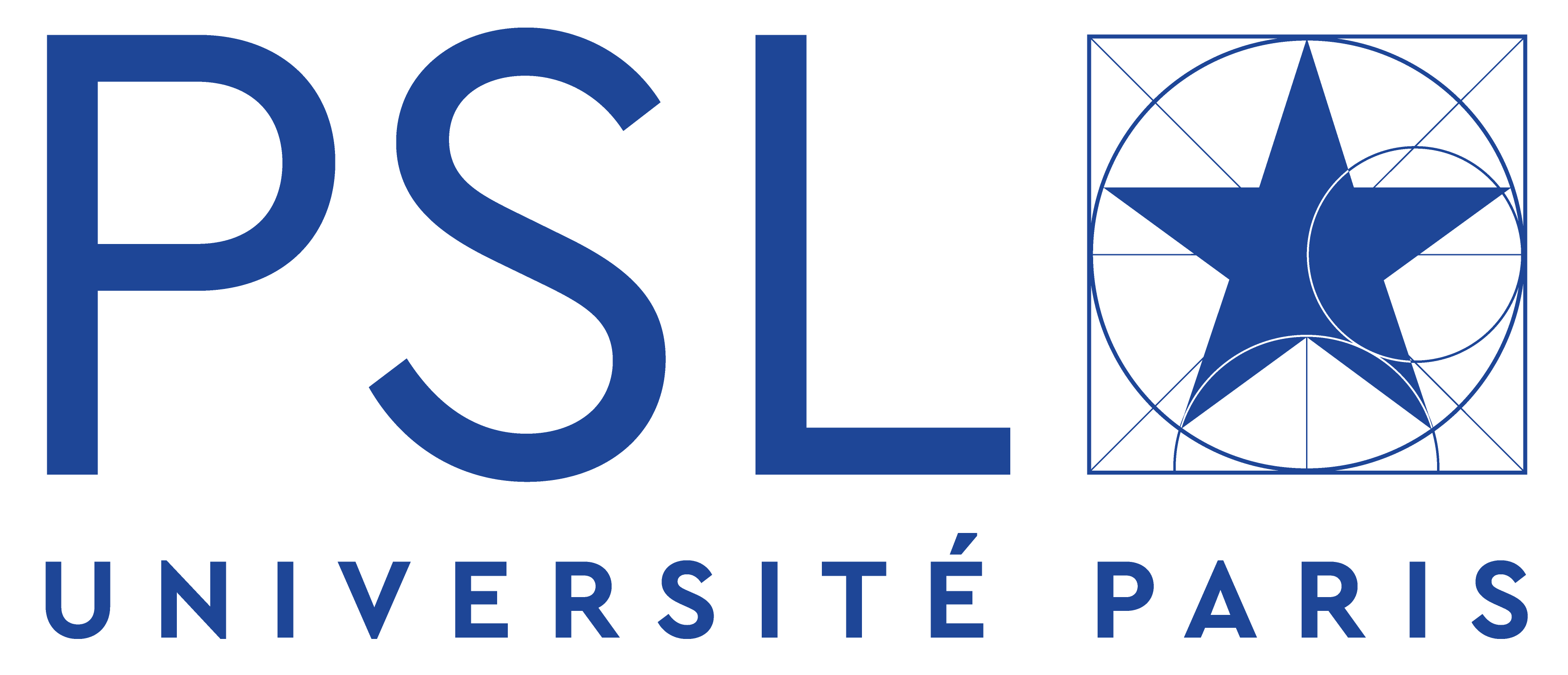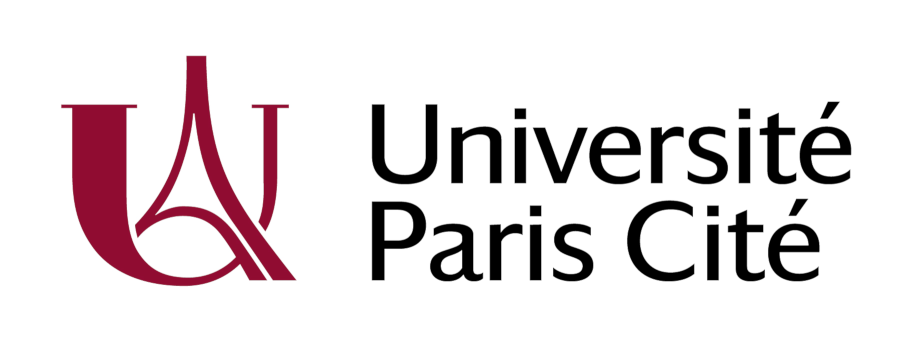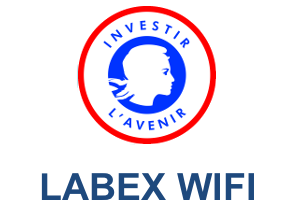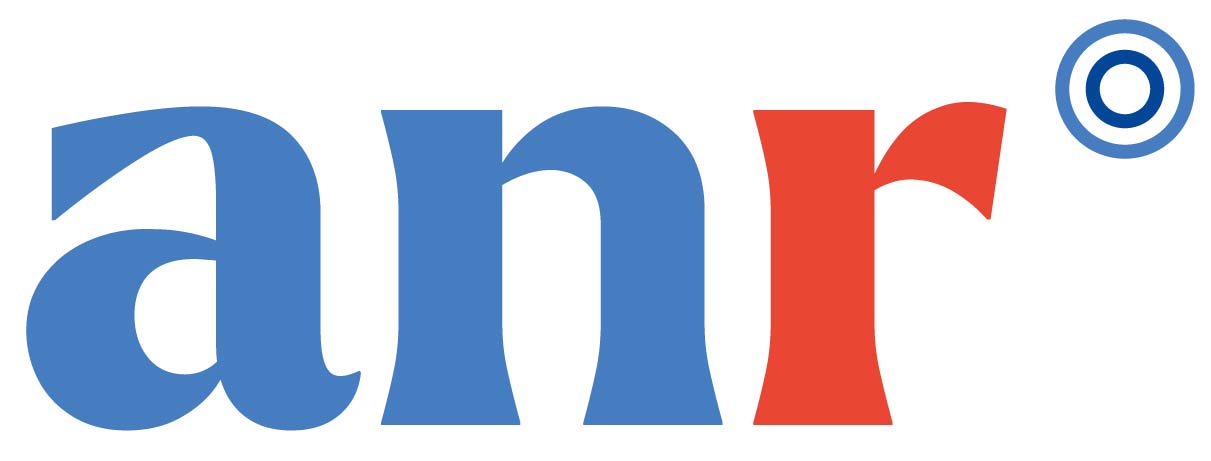
European Union’s Horizon 2020 research and innovation programme under the grant agreement No 819361.
ERC Consolidator Grant of ALEXANDRE AUBRY (2019 - 2024)
REMINISCENCE - REflection Matrix ImagiNg in wave SCiENCE
In wave imaging, we aim at characterizing an unknown environment by actively probing it and then recording the waves reflected by the medium. It is, for example, the principle of ultrasound imaging, optical coherence tomography for light or reflection seismology in geophysics. However, wave propagation from the sensors to the focal plane is often degraded by the heterogeneities of the medium itself. They can induce wave-front distortions (aberrations) and multiple scattering events that can strongly degrade the resolution and the contrast of the image. Aberration and multiple scattering thus constitute the most fundamental limits for imaging in all domains of wave physics.
However, the emergence of large-scale sensors array and recent advances in data science pave the way towards a next revolution in wave imaging. In that context, I want to develop a universal matrix approach of wave imaging in heterogeneous media. Such a formalism is actually the perfect tool to capture the input-output correlations of the wave-field with a large network of sensors. This matrix approach will allow to overcome aberrations over large imaging volumes, thus breaking the field-of-view limitations of conventional adaptive focusing methods. It will also lead to the following paradigm shift in wave imaging : Whereas multiple scattering is generally seen as a nightmare for imaging, the matrix approach will take advantage of it for ultra-deep imaging. Besides direct imaging applications, this project will also provide a high-resolution tomography of the wave velocity and a promising characterization tool based on multiple scattering quantification. Based on all these advances, the ultimate goal of this project will be to develop an information theory of wave imaging. Throughout this project, I will apply all these concepts both in optics (for in-depth imaging of biological tissues), ultrasound imaging (for medical diagnosis) and seismology (for monitoring of volcanoes and fault zones).

Former Members
– Post-Docs : Victor Barolle (2021-2023), Paul Balondrade (2022-2023), Rita Touma (2022-2023), Antton Goicoechea (2021-2022), Justine Robin (2021), Sergey Vilov (2020)
– PhD Students : William Lambert (2019-2020), Paul Balondrade (2019-2021), Flavien Bureau (2019-2023), Ulysse Najar (2019-2024), Elsa Giraudat (2020-2024), Arthur Le Ber (2020-2024), Jad Aoun (2021-2025)
Scientific output (until now...)
– A. Le Ber, A. Goicoechea, L. M. Rachbauer, W. Lambert, X. Jia, M. Fink, A. Tourin, S. Rotter, A. Aubry, Detection and characterization of targets in complex media using fingerprint matrices, Nature Physics, 2025
– F. Bureau, L. Denis, A. Coudert, M. Fink, O. Couture, A. Aubry, Ultrasound matrix imaging for 3D transcranial in-vivo localization microscopy, Sci. Adv. 11, eadt9778, 2025
– V. Barolle, F. Bureau, N. Guigui, P. Balondrade, V. Brochard, O. Dubois, A. Jouneau, A. Bonnet-Garnier, A. Aubry, Optical matrix imaging applied to embryology, arXiv:2410.11126, 2024
– F. Bureau, E. Giraudat, A. Le Ber, W. Lambert, L. Carmier, A. Guibal, M. Fink, A. Aubry, Reflection Matrix Imaging for Wave Velocity Tomography, arXiv:2409.13901, 2024
– A. Goïcoechea, C. Brütt, A. Le Ber, F. Bureau, W. Lambert, C. Prada, A. Derode, A. Aubry, Reflection Measurement of the Scattering Mean Free Path at the Onset of Multiple Scattering, Phys. Rev. Lett. 133, 176301, 2024
– E. Giraudat, A. Burtin, A. Le Ber, M. Fink, J.-C. Komorowski and A. Aubry, Matrix imaging as a tool for high-resolution monitoring of deep volcanic plumbing systems with seismic noise, Comm. Earth Environ. 5, 509, 2024
– P. Balondrade, V. Barolle, N. Guigui, E. Auriant, N. Rougier, A. C. Boccara, M. Fink and A. Aubry, Multi-Spectral Reflection Matrix for Ultra-Fast 3D Label-Free Microscopy, Nat. Photon. 18, 1097–1104 (2024)
– U. Najar, V. Barolle, P. Balondrade, M. Fink, A. C. Boccara and A. Aubry, Harnessing Forward Multiple Scattering for Optical Imaging Deep Inside an Opaque Medium, Nat. Commun. 15, 7349, 2024
– R. Touma, A. Le Ber, M. Campillo and A. Aubry, Imaging the crustal and upper mantle structure of the North Anatolian Fault : A Transmission Matrix Framework for Local Adaptive Focusing, J. Geophys. Res. : Solid Earth 128, e2023JB026704, 2023
– F. Bureau, J. Robin, A. Le Ber, W. Lambert, M. Fink and A. Aubry, Three-Dimensional Ultrasound Matrix Imaging, Nature Communications 14, 6793, 2023
– W. Lambert, L. A. Cobus, J. Robin, M. Fink, and A. Aubry, Ultrasound matrix imaging—Part II. The distortion matrix for aberration correction over multiple isoplanatic patches, IEEE Trans. Med. Imag. 41, pp.3921-3938, 2022
– W. Lambert, J. Robin, L. A. Cobus, M. Fink, and A. Aubry, Ultrasound Matrix Imaging—Part I. The focused reflection matrix, the F-factor and the role of multiple scattering, IEEE Trans. Med. Imag. 41, pp.3907-3920, 2022
– C. Brütt, A. Aubry, B. Gérardin, A. Derode, and C. Prada, Weight of single and recurrent scattering in the reflection matrix of complex media, Phys. Rev. E 106, 025001, 2022
– L. A. Cobus, G. Maret, A. Aubry, Crossover from renormalized to conventional diffusion near the 3D Anderson localization transition for light, Phys. Rev. B 106, 014208, 2022
– S. Gigan, O. Katz, H. B. de Aguiar, E. R. Andresen, A. Aubry et al., Roadmap on wavefront shaping and deep imaging in complex media, J. Phys. Photonics 4, 042501, 2022
– R. Touma, A. Aubry, Y. Ben-Zion, and M. Campillo, Distribution of seismic scatterers in the San Jacinto Fault Zone, southeast of Anza, California, based on passive matrix imaging, Earth Planet. Sci. Lett. 578, 117304, 2022
– R. Touma, T. Blondel, A. Derode, M. Campillo, and A. Aubry, A distortion matrix framework for high-resolution passive seismic 3D imaging : Application to the San Jacinto fault zone, California, Geophys. J. Int. 226, 780-794, 2021
– V. Barolle, J. Schoeller, P. Mecê, K. Groux, J.-M. Chassot, M. Fink, A. C. Boccara, and A. Aubry, Manifestation of aberrations in full-field optical coherence tomography, Opt. Express 29, 22044-22065, 2021
– W. Lambert, L. A. Cobus, T. Frappart, M. Fink, A. Aubry, Distortion matrix approach for ultrasound imaging of random scattering media, Proc. Natl. Ac. Sci. U. S. A. 117, 14645-14656, 2020
– W. Lambert, L. A. Cobus, M. Couade, M. Fink, A. Aubry, Reflection matrix approach for quantitative imaging of scattering media, Phys. Rev. X 10, 021048, 2020
– A. Badon, V. Barolle, K. Irsch, A. C. Boccara, M. Fink, A. Aubry, Distortion matrix concept for deep optical imaging in scattering media, Sci. Adv. 6, eaay7170, 2020.
In the press
– Chaîne GEO Logique - Youtube : LIVE 27 Oct 2024 : SPECIAL MODÉLISATION VOLCAN
– France Culture - Avec sciences : Le microscope matriciel, un nouvel outil pour sonder les tissus biologiques en profondeur
– CNRS - Actualités INSIS/CNRS : Le microscope matriciel : un changement de paradigme pour l’imagerie en profondeur des tissus biologiques
– France Info - Le Billet Sciences : Éruptions volcaniques : grâce à une nouvelle technique d’imagerie, des chercheurs arrivent à voir dans les entrailles d’un volcan
– France 3 - Outremer l’info : Guadeloupe : dans les entrailles de la Soufrière.
– France Inter - La Planète des Scineces : Des chercheurs ont mis au point un nouveau dispositif pour observer les entrailles des volcans
– Le Figaro : Des chercheurs réalisent une première cartographie précise de l’intérieur d’un volcan
– Le Parisien : Les entrailles des volcans passées… au rayon X
– CNRS - Actualités INSIS/CNRS : https://www.cnrs.fr/en/press/innovative-system-seeing-bowels-volcanos
– Youtube - IES Cargèse : Reflection Matrix Imaging : From Ultrasound to Passive Seismology
– Futura Sciences : Écouter le bruit de la Terre pour en construire une image précise
– Techno-Science.net : Une échographie pour les failles sismiques
– CNRS - Actualités INSIS/CNRS : Une échographie pour les failles sismiques
– Les Echos : Le microscope optique reboosté
– Techniques de l’ingénieur : Repousser la limite de pénétration d’un microscope optique dans un tissu biologique
– Techno-Science.net : Augmenter la profondeur de pénétration des microscopes optiques
– Photoniques : Towards digital transparency of biological tissues
– CNRS - Actualités INSIS/CNRS : Augmenter la profondeur de pénétration des microscopes optiques
– CNRS - La lettre Innovation : Augmenter la profondeur de pénétration des microscopes optiques
– CORDIS : Novel approach improves resolution in ultrasound images
– Physics World : Matrix approach removes distortions in ultrasound images
– Phys.org : Matrix imaging : an innovation for improving ultrasound resolution
– EurkAlert ! : Matrix imaging : An innovation for improving ultrasound resolution
– The Medical News : Non-invasive ultrasound method prevents aberrations of ultrasound wavefronts
– ScienMag : Matrix imaging : An innovation for improving ultrasound resolution
– AlphaGalileo : Matrix imaging : An innovation for improving ultrasound resolution
– Techno-Science.net : L’imagerie matricielle : une innovation pour améliorer la résolution des échographies
– La Gazette du Laboratoire : L’imagerie matricielle : une innovation pour améliorer la résolution des échographies









